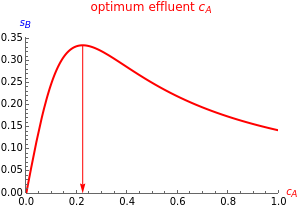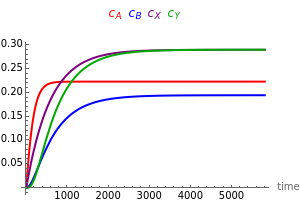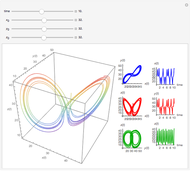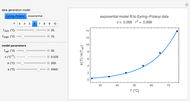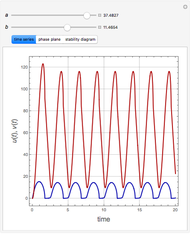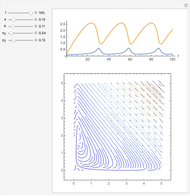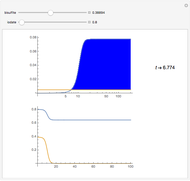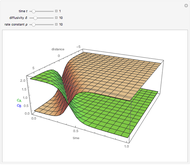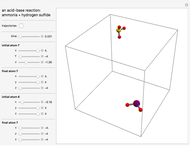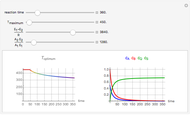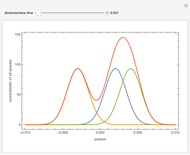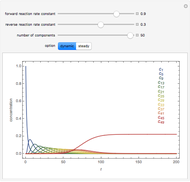Maximizing Selectivity in the Trambouze Reactions
Initializing live version

Requires a Wolfram Notebook System
Interact on desktop, mobile and cloud with the free Wolfram Player or other Wolfram Language products.
This Demonstration shows the start-up of a CSTR (continuous stirred-tank reactor) under conditions that maximize the selectivity of a desired product in a parallel reactions scheme.
[more]
Contributed by: Clay Gruesbeck (December 2013)
Open content licensed under CC BY-NC-SA
Snapshots
Details
Reference
[1] H. S. Fogler, Elements of Chemical Reaction Engineering, 4th ed., Westford, MA: Prentice Hall, 2005.
Permanent Citation
